Content is king.
And content marketing in 2018 remains a brilliant and cost-effective method for engaging with leads and customers, spreading brand awareness, and getting around the increasing use of ad-blockers.
Whether it’s an email newsletter, social media post, or blog on your own or someone else’s website, people want to see your stuff. They accept it. Approve it. Whitelist it. Because it’s the user him or herself clicking on it, there are no concerns of spam complaints, or annoying the recipient, or ending up in the junk folder.
It’s popular, powerful, and for all intents and purposes, perfect. If you’re online in any professional capacity, you’re already using it.
Google “content marketing” and you’ll uncover millions (78,200,000 when I did it just now) of results, everything from definitions to how-to guides to case studies. You can quickly and easily pick up the how, why, when, what, and where of content marketing. Every online marketing personality and business has their own advanced guide or step-by-step guide, allowing anyone to grasp, experiment, and eventually master the subtle art of content marketing.
“Content Marketing is all the Marketing that’s left.” ~ Seth Godin
Strikingly, the only thing you won’t see much of in those millions upon millions of links is how to know when your content marketing isn’t working.
Because there’s a lot more to successful content marketing than just traffic and clicks, and a hell of a lot more than just likes, shares, and retweets. Those are simply vanity metrics that don’t tell you anything of importance by themselves…although it sure does feel nice to see people are loving your stuff.
Now, vanity metrics can be used to find actionable insight, but that’s the subject of another post on another day. Suffice to say, if you’re gauging the success of your content campaigns on likes and shares alone, you’re doing it wrong and wasting your time and energy.
Instead of focusing on the vanity metric, use it to inform your marketing decisions. Dig deeper. Find the corresponding actionable metric.
Content marketing is an active endeavor, and most of the hard work starts after you hit publish. It’s not about reaching people; it’s about reaching the right people.
How do you know when you’re not doing that?
Look for these five red flags before and during the push.
Content Marketing 101
But before we get to that, let’s review some basics.
If you remember only one thing about content marketing, make it this: write your strategy down. Be explicit, detailed, and clear about goals (use SMART goals and stretch goals if applicable), tactics, channels, and how you’re going to measure success.
What will “success” look like? How will you measure return-on-investment? Make sure you and everyone on your team knows and understands.
How often will your marketing team meet? The most successful meet regularly to evaluate, tweak, and manage as necessary. Your content marketing should not be set-it-and-forget-it.
Target your ideal customers. Segment your audience. A/B test. Monitor your efforts. Create evergreen content. Measure the return-on-investment to maximize your budget. Look at your competitors and industry to see what’s working, what’s not, and what others are and are not doing.
In their 2018 annual report on content marketing, CMI discovered that only 38% of B2C businesses have a documented strategy. That’s appallingly low.
Document your strategy. Do that, and you’re ahead of 62% of the competition.
Diversify your tactics and channels. The same report found that B2C marketers:
- Use an average of five social media platforms, with Facebook, Twitter, LinkedIn, YouTube, and Instagram the top five choices.
- Use and average of four formats for distribution, with social media, email, blogs, in-person events, and print the five most popular.
- Use an average of five different types of content, with social media posts, pre-produced videos, illustrations/photos, infographics, and interactive tools like quizzes and calculators rounding out the top five most used.
The tricks and tips and hacks for better content marketing are many. Read some. Read many.
“We need to stop interrupting what people are interested in and be what people are interested in.” ~ Craig Davis, former Chief Creative Officer at J. Walter Thompson
And that brings us back full-circle. Knowing when your content marketing isn’t working is as important as knowing when it is…if not more so.
How can you tell if you’re on the wrong track and heading in the wrong direction?
Watch for (and respond!) to these five signposts along the way.
Signpost #1: The Wrong People Are Signing Up
Consider this hypothetical scenario: you launch an aggressive content campaign, complete with blog and social media posts, videos, and infographics, to promote your new SaaS product launch.
Everything has a rock-solid call-to-action inviting people to a free 7-day trial. They click the CTA button, are transported to a well-crafted landing page, and sign up.
That’s an undeniable content marketing win, right?
Wrong. It could be a win…depending on who is signing up. Numbers alone don’t answer that question. Even if you’re looking at an insane 60% conversion rate, it’s meaningless if those signing up are the wrong people.
So who are the “wrong” people? Anyone that’s not within your target market. They may be interested in your content for a wide variety of reasons – research, curiosity, education – but they’re not necessarily interested in your product or service.
Now, far be it for me to suggest that you shouldn’t ever target outside your market. I’m not, and you should. Sometimes your best customers down the road are the ones you’re not even considering at the moment.
A portion of signups outside your target audience is not only nothing to worry about, but a positive and worthwhile goal.
That said, if 50%, 60%, or 70%+ of your leads are falling outside of those you were targeting – wrong geographic location, industry, background, profession, income level, interests, or whatever – something’s wrong. If the majority of those signing up for your email newsletters, gated content, or free trials are nowhere near your ideal fit, your content marketing isn’t working.
Before you write a single line of blog post or send a single tweet, you need to be crystal-clear on your ideal customer. Get to know him or her. You’ve no doubt heard about the importance of buyer or customer personas. Build and use them to guide your content efforts. Do that, and the likelihood of the “wrong” people coming to your content goes down exponentially.
Why? Because a detailed persona allows you to reverse engineer your content specifically for them: their wants, needs, pain points, values, and more. That’s more than half the battle.
If you’re just starting out, this is a bit more difficult, but not impossible. If you have existing customers and sales data to work with, though, you can zero in on the best of the best. According to Duct Tape Marketing:
- Identify your most profitable customers.
- Identify those who refer within that group.
- Identify the common traits and characteristics within that small group.
- Create a customer persona based on that data.
That’s your ideal, most profitable customer. Create content for him or her. Share it on the platforms he or she uses and spends the most time on.
Social platforms typically have built-in capabilities, such as Twitter Analytics audience insights dashboard.
If you’re targeting English-speaking men over the age of 50, and your Analytics report shows most of your visitors are females under the age of 25 and from Italy, all those conversions – sign-ups, downloads, or otherwise – probably aren’t going to amount to much with your bottom line.
The sooner you know that, the sooner you can fix it. If the wrong people are signing up or downloading your lead magnets, you have to change direction. And fast.
Know exactly who you’re targeting, and give them exactly what they want and where they want it. Then monitor to make sure it’s drawing them in.
Signpost #2: Incompatible Backlink Profile
Backlinks are still important for your search engine optimization. In fact, many would argue that they’re the key to your overall SEO success. Quality backlinks from respected sites is a surefire indicator to Google and the rest of the search engine overlords that your content is valuable, useful, and worth a read. It’s a vote of confidence.
And that can translate into a big jump on the SERPs. The closer you are to that coveted top spot, the better the chance someone will click on your link. Increased traffic means increased leads, which means increased revenue. Google is happy, the users are happy, and you’re happy.
Backlinks and SEO go hand-in-hand. But backlinks can also tell you if there’s something amiss with your content marketing.
Imagine if your backlink profile – a report on which external sites are linking to your stuff – is populated with websites you wouldn’t expect your target market to visit. Good? Bad?
It depends on your criteria. If those sites are quality sites, those backlinks are still going to give you a healthy SEO boost. That’s good.
However, it may be evidence that your content is not resonating with your ideal customers. And that’s very, very bad. Your content, after all, is how you introduce yourself to them, educated them on your products and services, and persuade them to open their wallets. If it’s missing that mark, you’re failing at the marketing game. It’s the difference between leaving a flyer on hundreds of windshields in a mall parking lot, and hand-delivering to prospects you know would benefit from what you have to offer.
Luckily, generating a backlink profile and conducting a link audit is fast and easy, and there are many tools to assist with it.
To get a basic list, log in to Google Search Console. Click “Search Traffic” on the left-hand menu, and then select “Links to Your Site”. You’ll get a quick n’ dirty report with the total number of links, and the sites who link the most.
Now, you can determine if the sites linking back to your content are within your “demographic”. Some you might recognize by name, others you may have to visit and evaluate.
For a more detailed analysis, you can try a dedicated backlink tool. Some of the best include:
If your target is recent university graduates, and you’re receiving backlinks from retirement agencies, there’s a mismatch. You’re not producing the right content to connect with those just entering the workforce.
If you’ve done your homework, you should have detailed customer personas. You should know not only who they are, but also what they need, and where they are. Too many people outside those parameters linking to your content is not necessarily a bad thing, but it’s not going to generate massive sales and revenue.
The sites linking to you are an indicator of who your content is reaching. If you’re targeting professionals, but most of your links are coming from gossip sites, stop. If you’re after grandparents, but Millennial Now is your biggest external source, halt.
Check your link profile. Ensure most of them are coming from sites your target audience would frequent to increase your exposure with them.
If not, re-evaluate. Switch tracks. Create more of what they want, need, and desire. Align your content with your customer.
Signpost #3: No One Is Sharing
Yes, I did tell you at the beginning of this post that shares and likes are a vanity metric. That’s still true. But do you know what else is true?
Great content gets shared.
If people are reading your content but not sharing it, then you’re not producing quality content and your marketing is failing. Period.
This is especially true with influencers in your niche. If you create enough fantastic content, eventually some influencers in your market will share that content. If they aren’t, that’s trouble.
Think about your own online behavior. When you read or encounter a great blog post, infographic, or video, you share it with your own fans, followers, friends, and family. It’s almost automatic. Every platform has the ability built-in, and third-party tools like Hootsuite and sharing plugins make it effortless and convenient.
We read or watch it, we instinctively share it. You want your content to be shared. You need your content to be shared.
Every time you create something, you want it to go viral. That kind of reach and exposure is the dream. While it may not happen for you, consistent social sharing increases your exposure exponentially. One retweet puts your content in front of a whole new set of eyes. It gets people talking about you and your brand. And the cycle repeats if only one person from that new group shares it again, and so on.
First, you need to track how many shares you’re getting with your existing content.
Tools like Hootsuite can monitor your mentions across social media, Google Alerts can notify you when your tracked keywords and phrases are used, Likealyzer analyzes your Facebook Page, Snaplytics provides data on both Snapchat and Instagram Stories, BuzzSumo shows you how content on your site is doing on social media, Google Analytics can report on how much traffic to your site is coming from social channels (under Acquisition > Social > Overview), SharesCount displays social shares based on individual URLs, and all-in-one management platforms like Sprout Social can monitor most of the major platforms from one dashboard.
If you have no shares, you have some serious work to do. If you have some shares, more is always better. If you’re happy with the shares you’re seeing, you’re selling yourself and your content short.
“It’s not the best content that wins. It’s the best promoted content that wins.” ~Andy Crestodina
More shares, more exposure. More exposure, more leads. More leads, more conversions. So, do everything you can to increase the amount of social sharing you’re already seeing:
- Produce only incredibly high quality and valuable content. Share nothing but the best you have to offer.
- Spend more time on your headline than you do on the rest of the piece. Your headline needs to hook them and force them to click, read, or watch.
- Write on topics that are both relevant and timely. What’s trending in your niche?
- Try tools like Click-To-Tweet or a scrolling share bar like AddThis to remove friction and allow your readers to share what and when they want.
- Make it easy to share with conveniently located share buttons at the top and/or side and/or bottom.
- Ask them to share. Remind them to share.
- Use compelling visuals.
- Create evergreen content.
Increasing your social shares should be part of your content marketing strategy regardless of how many you’re currently seeing. Step 1: monitor your shares. Step 2: increase your shares.
None, few, or lots, more are better.
Signpost #4: Your Leads Aren’t Talking About Your Content
This one is reactive. You won’t know until you start generating some quality leads. It requires asking or surveying them about where and how they heard about you, your brand, and your products.
It might be a simple question in your email series or while talking to them on the phone, or a follow-up online survey, or a fill-in field on an opt-in form. “How did you hear about us?” is profitable and relevant data to collect.
The answers should be varied if you’ve diversified your marketing efforts. Some might say it was a referral from a friend, another might mention an online review or recommendation, while others may have clicked a PPC ad, or read a newspaper feature, or googled your targeted keyword.
But some of them will hopefully talk about your content. In a perfect world, they’ll bring it up without any solicitation from you, choosing to mention how much they loved your blog post on X, or how helpful they found your infographic on Y. That’s when you know your content marketing is crushing it.
Great content with great promotion should elicit great (and unsolicited) feedback.
“What you do after you create your content is what truly counts.” ~Gary Vaynerchuk
If none of your leads are talking about your content, that’s a major red flag. If none of them mention “content” when you ask, that’s a neon signpost. Do not pass Go. Do not collect $200.
Ask. And if the answer is anything and everything but content, you know you need to head back to the drawing board. Don’t stop whatever is working, of course, but tidy up your content efforts at the same time. It’s just too lucrative a tactic to allow it to fail so miserably.
Ask yourself: what do my ideal customers most need? What do they struggle with? How can I better/simplify/improve their lives?
Answer those questions and more with the content you create, and tongues will be wagging.
Signpost #5: Your Leads Want What You Can’t Do
Lead generation is a major part of any business plan. A steady stream of leads going in at the top of your sales funnel means a steady – albeit smaller – stream of customers and advocates exiting at the bottom.
But all leads are not created equal.
Picture this: the leads that are reaching out to you are asking about things you can’t or don’t do. Once or twice is an anomaly. But if it happens on a regular basis then your content is likely at fault.
Leads asking for something other than what you do is often a symptom of creating content that is not directly tied to the business.
If you’re in the analytics business, you should write about analytics. If you produce quality content on SEO as an extension of that, don’t be surprised if people contact you asking for SEO advice and solutions.
If leads are asking about things you can’t, don’t, or won’t do, you aren’t creating the right content for your business. Content marketing is supposed to introduce you as an expert and authority in your field. It’s supposed to initiate a discussion between you and those in need of what you have or do.
In your content efforts, stick to only those topics and sub-topics that are directly related to your product or service. Write only about those subjects. Talk, share, comment, and engage only in those areas.
Everything else is just noise.
“Traditional marketing talks at people. Content marketing talks with them.” ~Doug Kessler
Conclusion
No traffic. No clicks. No leads. No ROI. Those are a few common reasons your content marketing isn’t working for you. Those are easy to recognize and relatively easy to correct. Jay Baer suggests four categories to fix a broken campaign:
- Fix your topic(s).
- Fix your amplification and promotion.
- Fix your format(s).
- Fix your creators.
But content marketing can fail in many less obvious ways. It’s your job to watch, monitor, and manage those silent killers.
The five discussed here are far from exhaustive. The list of potential content assassins is long. You’ve got to stay vigilant.
It is possible to get and stay on the right track heading in the right direction.
Over to you. What other ways have you found your content marketing falling short? What hiccups have you stumbled upon in your marketing? What red flags are you always on the look for?
About the Author: Neil Patel is the cofounder of Neil Patel Digital.
Read more here - http://review-and-bonuss.blogspot.com/2018/02/how-to-know-if-your-content-marketing.html
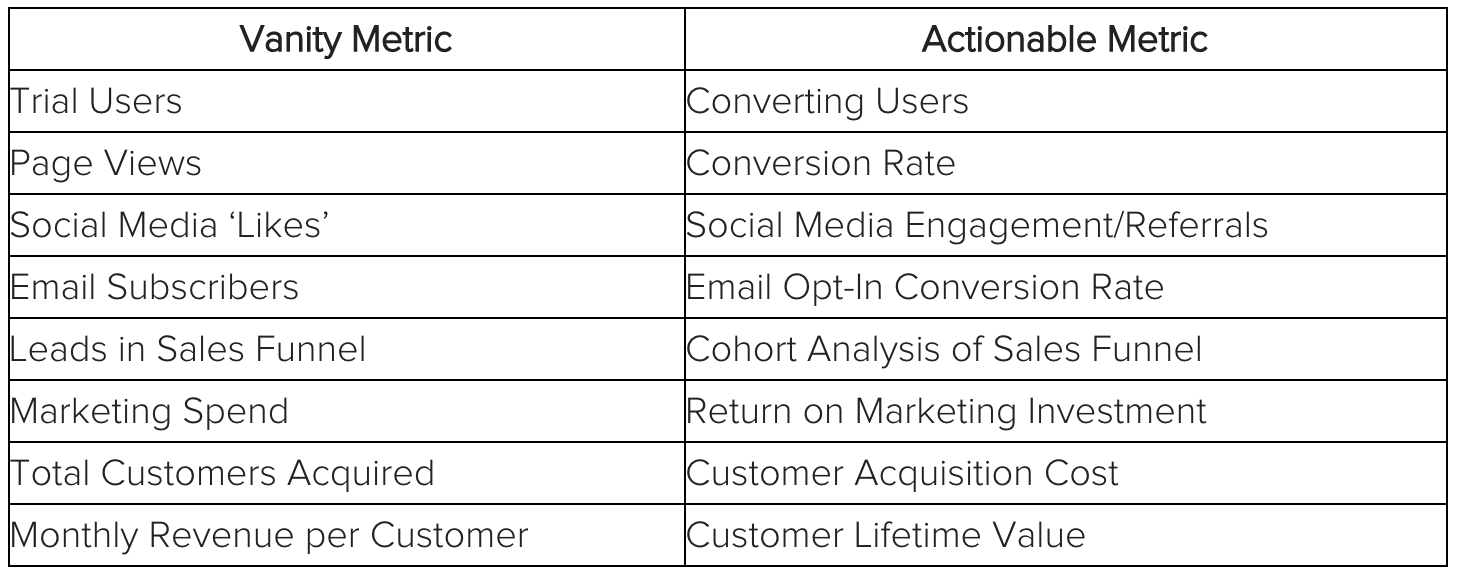

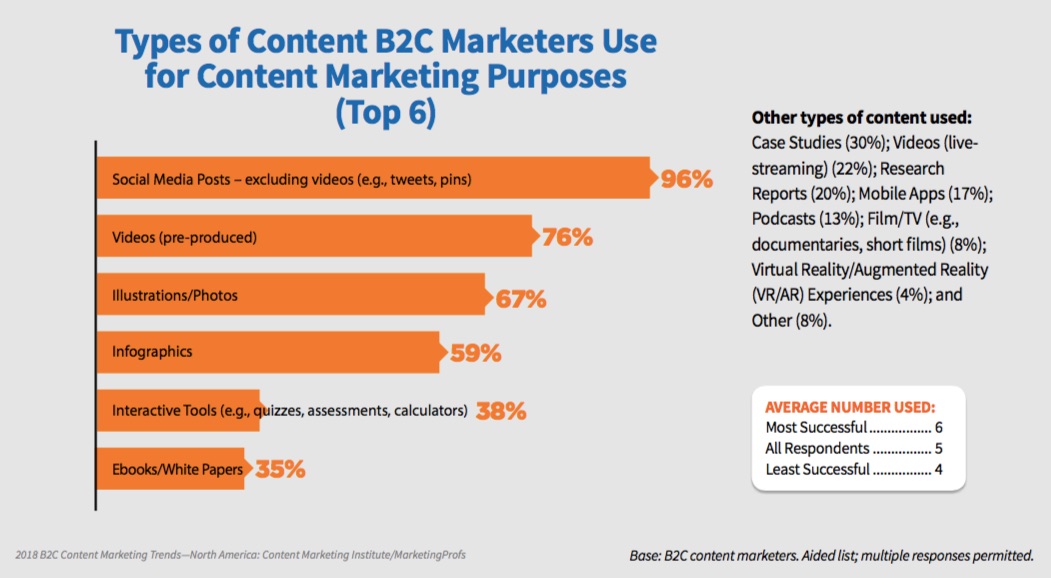
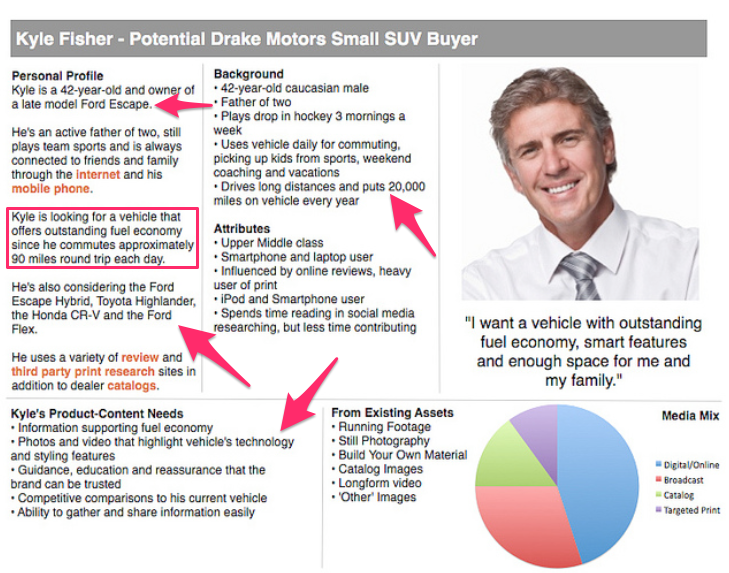
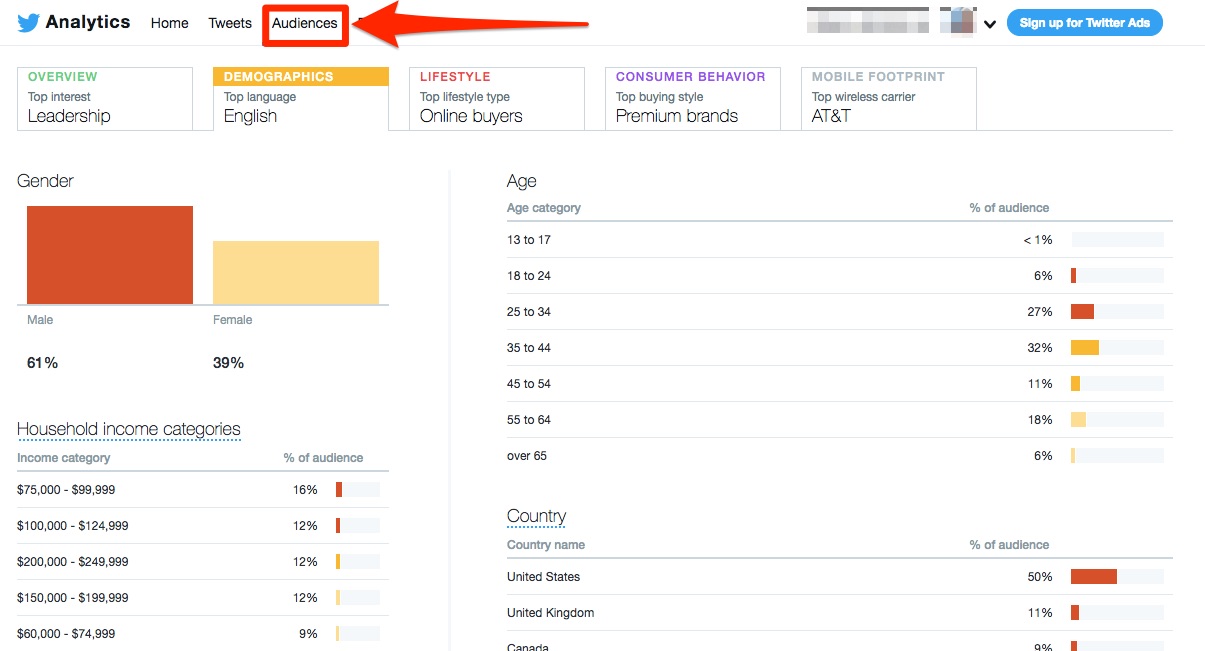
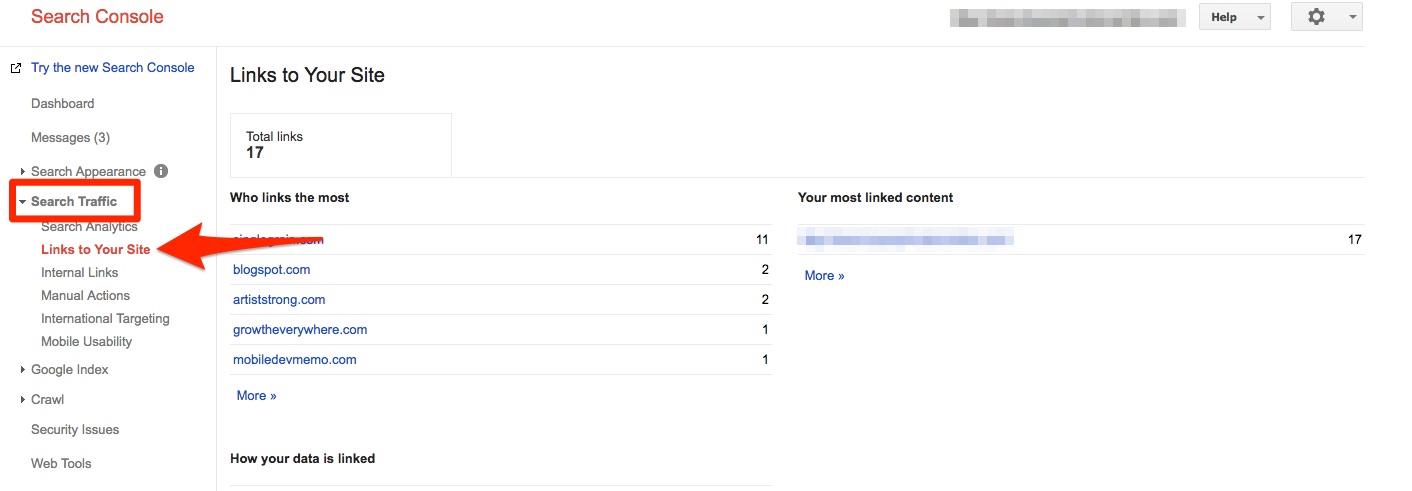
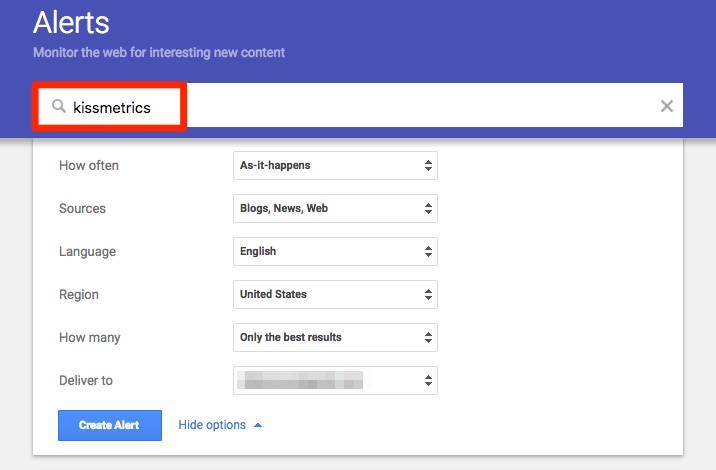
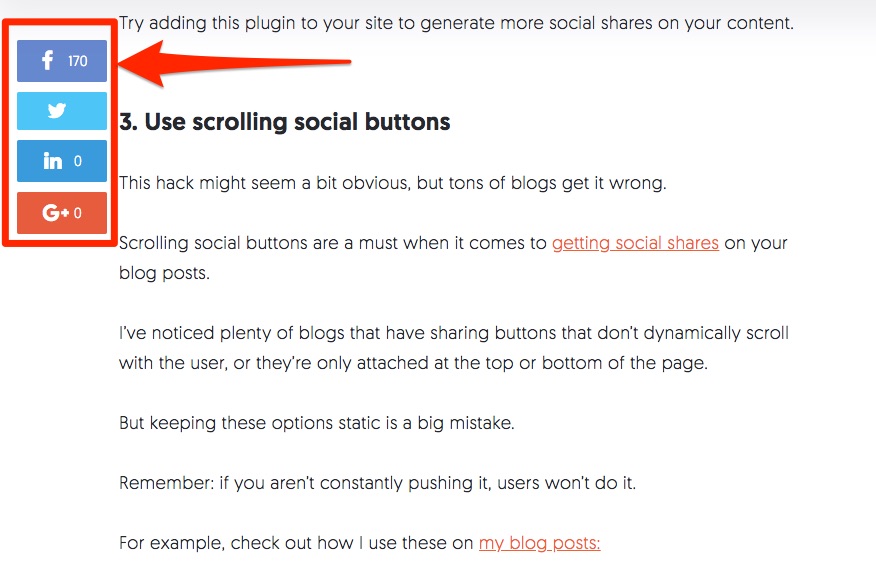


No comments:
Post a Comment